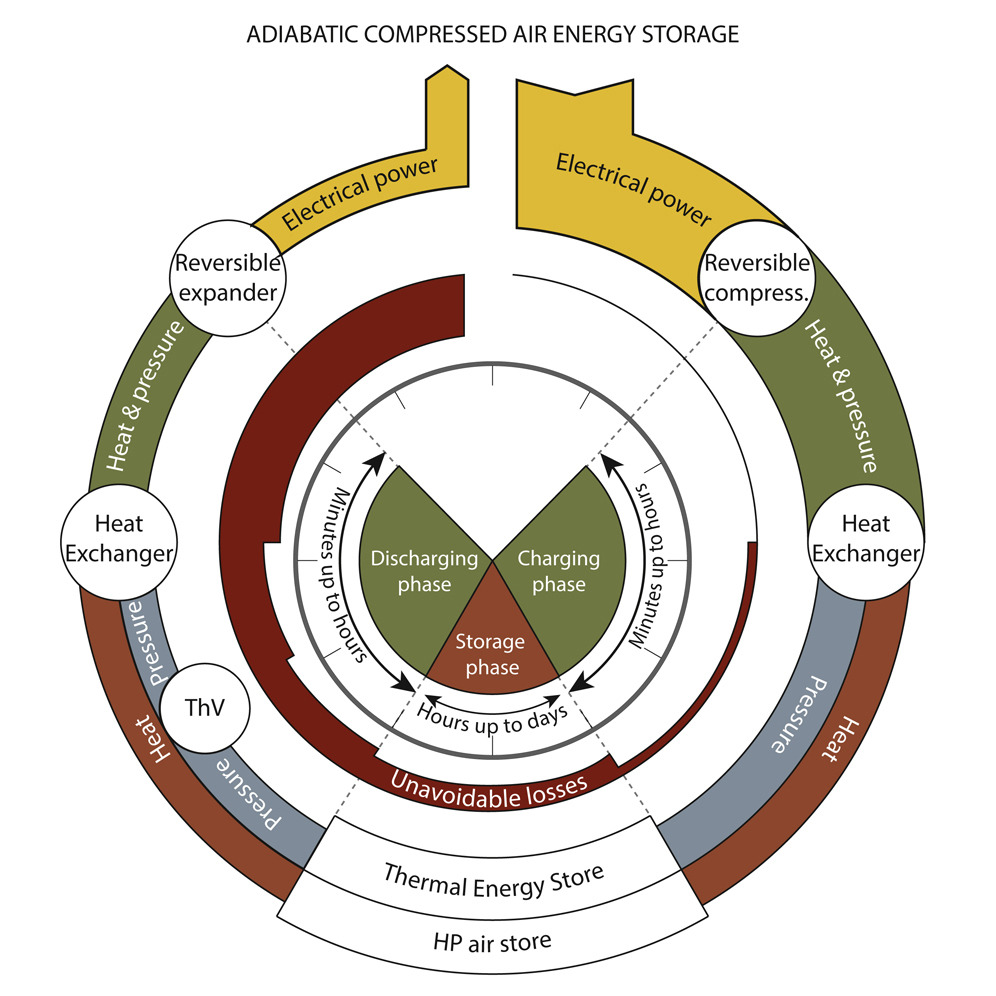
Two new EPSRC grants awarded to Dr Barbour in 2022.
I am pleased to announce that I have two new grants which have started in 2022 and are now ongoing in 2023. These are SAVECAES - Sustainable, Affordable and Viable Compressed Air Energy Storage – a £1.1 million award from the EPSRC - and GasNetNew - The role of the gas network in a future decarbonised UK, another EPSRC grant with a value of £1.3 million. 18-Jan-2022.
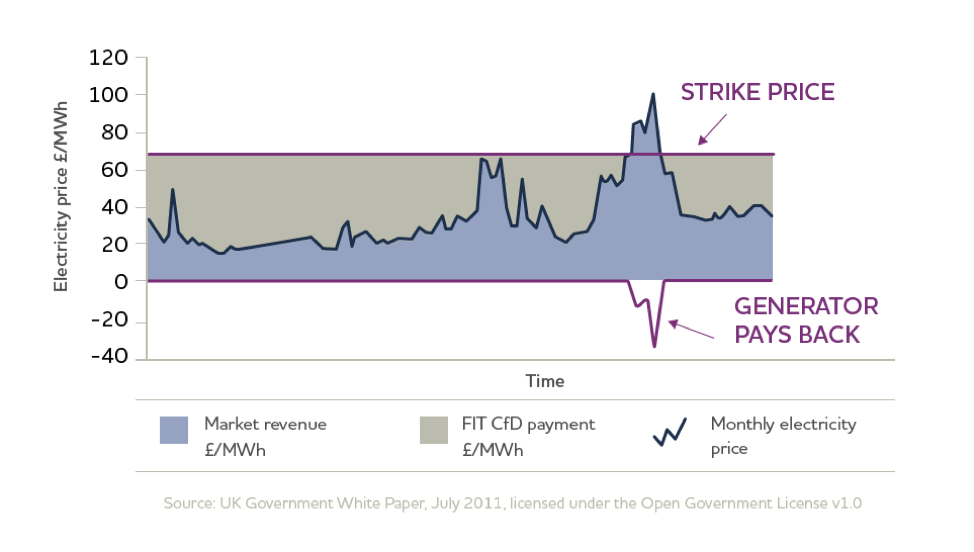
What is a Contract for Difference or CfD?
CfDs are on of the most important ways in which we are funding the deployment of clean renewable energy. In this post I dig a bit bigger into what CfDs are, how they work and how are they allocated. 13-Dec-2022.
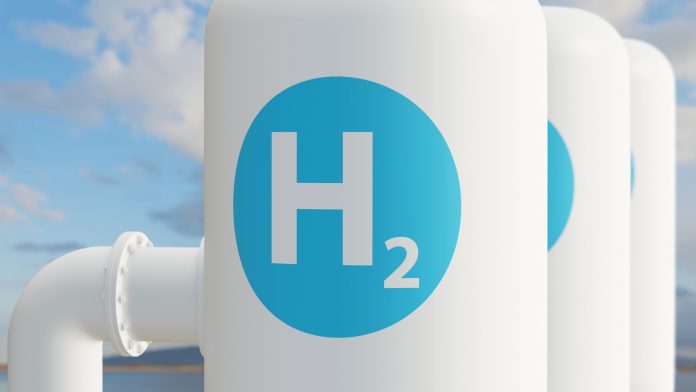
What are the options for large scale hydrogen energy storage?
Hydrogen is often touted as the fuel of the future, but it is not easy to store. In this post we briefly look at some of the options for storage. 30-Sep-2022.
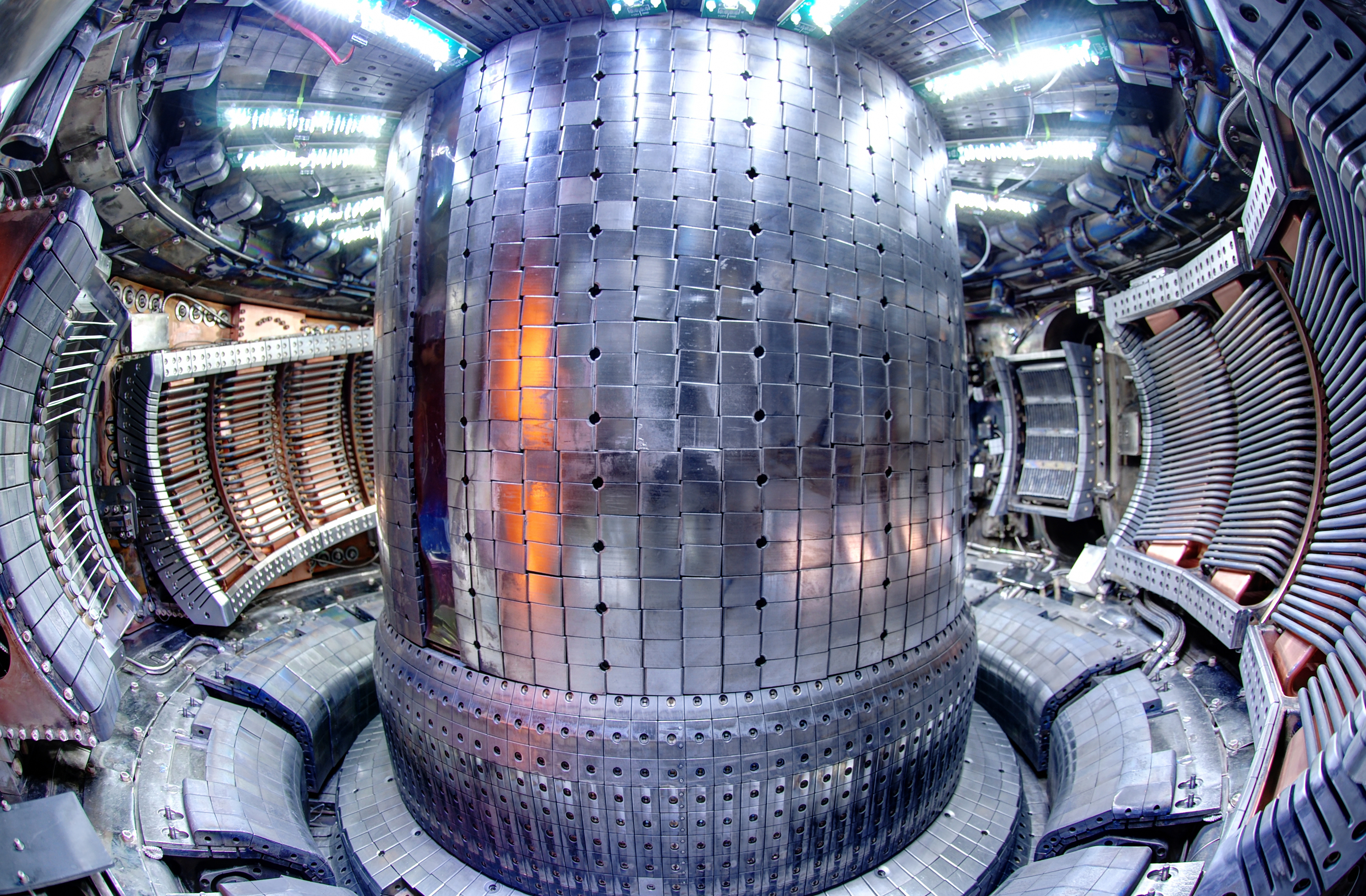
What is nuclear fusion and how might a fusion powerplant work?
In this blog post I take a look at Nuclear Fusion - a technology which always seems to be 50 years away - and some of the engineering challenges which must be overcome to make a fusion powerplant. 12-Jul-2022.
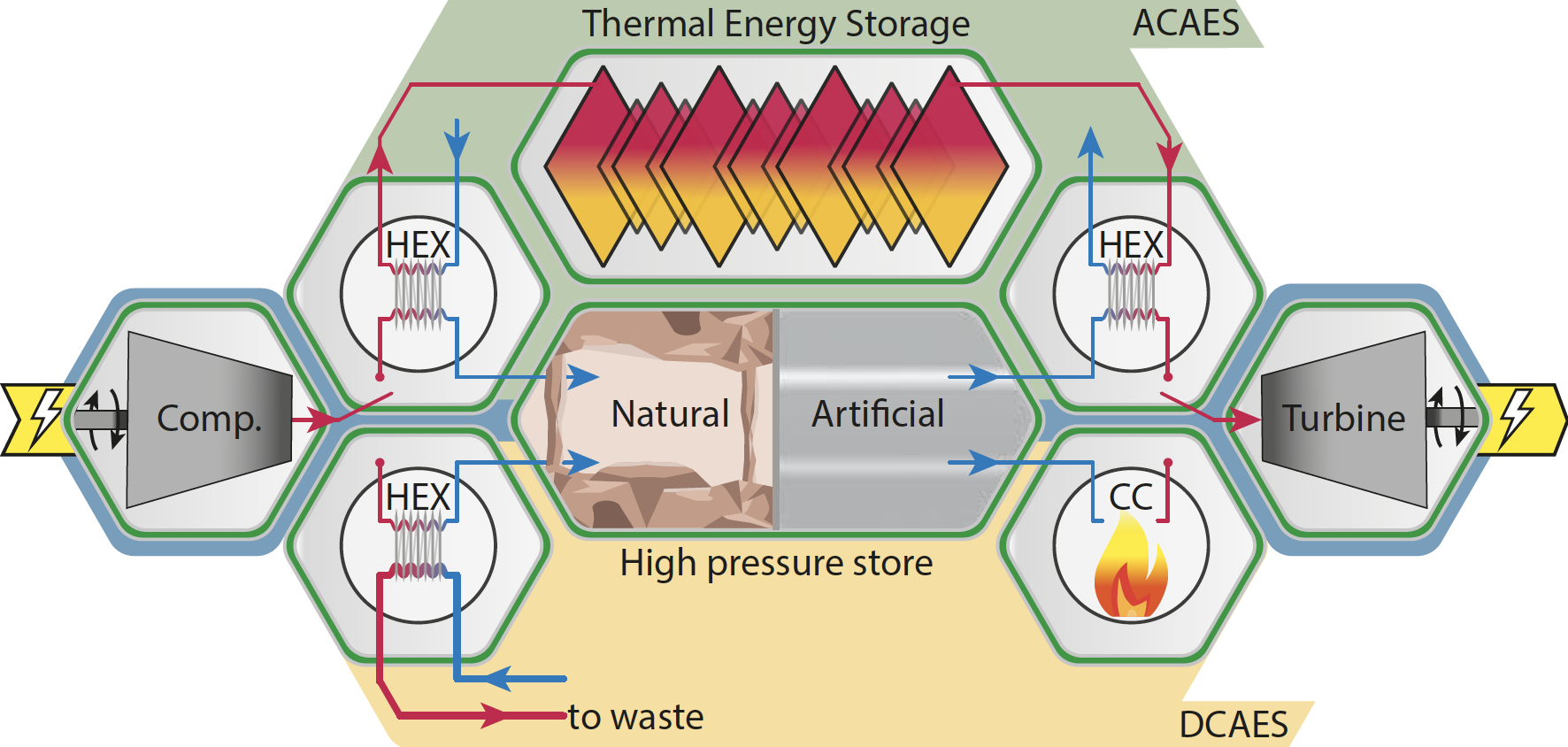
Two new papers on compressed air energy storage
We have recently published two new papers, Why is adiabatic compressed air energy storage yet to become a viable energy storage option? in iScience and Adiabatic compressed air energy storage in Joule. 04-Aug-2021.
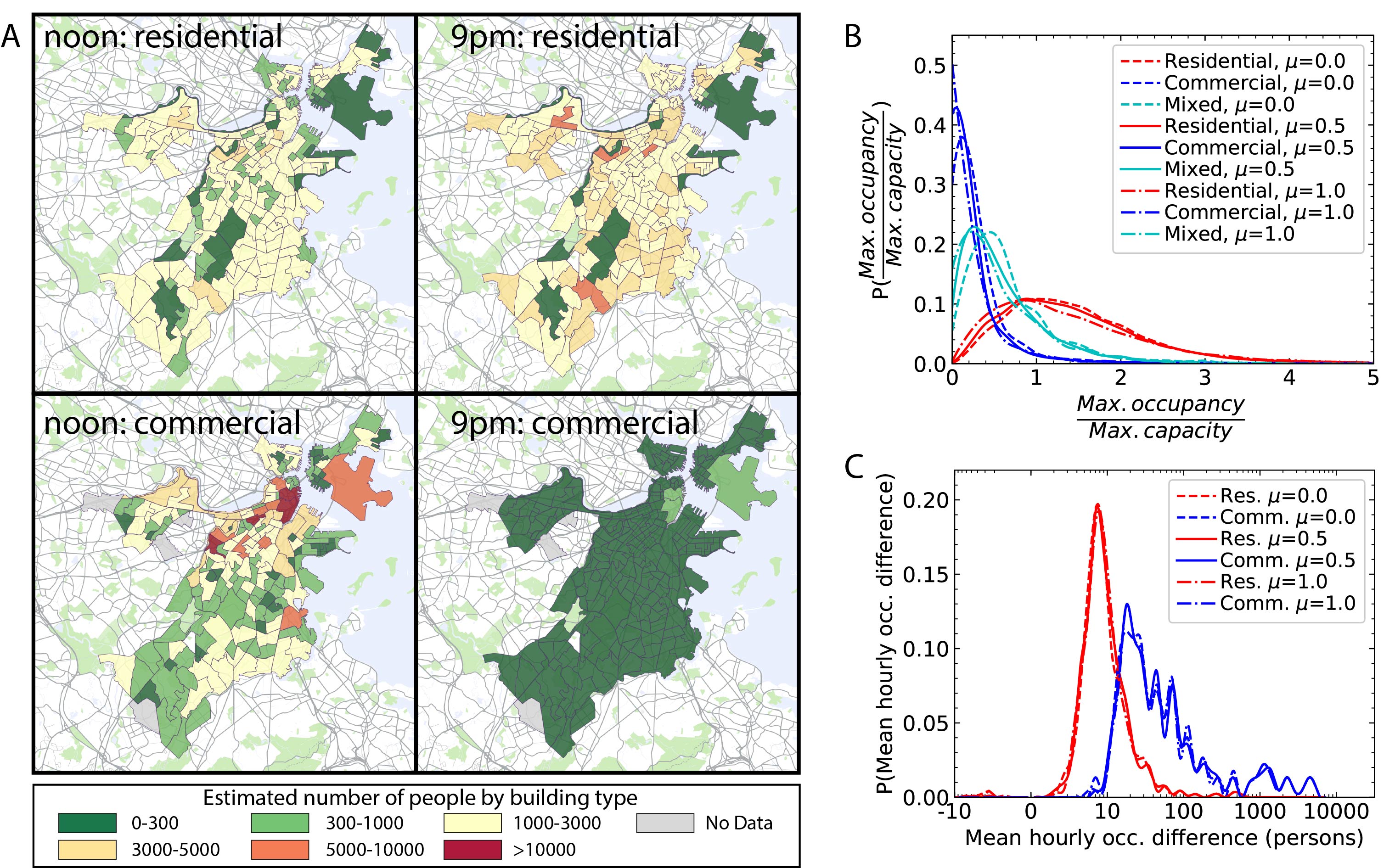
New Paper: Planning for sustainable cities by estimating building occupancy with mobile phones
In our new paper, Planning for sustainable cities by estimating building occupancy with mobile phones published in Nature Communications, we develop a novel methodology for estimating building occupancy at urban-scale using mobile phone data. 20-Sept-2019.
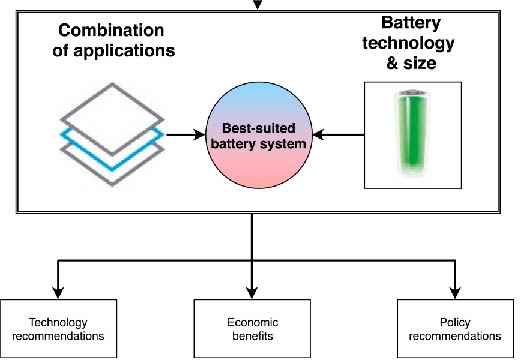
New Paper: Combining applications to increase the viability of residential batteries
In this study, we develop an open-source optimization framework to determine the best-suited battery technology depending on the size and the applications combined, including PV self-consumption, demand load-shifting, demand peak shaving and avoidance of PV curtailment. 1-Sept-2019.
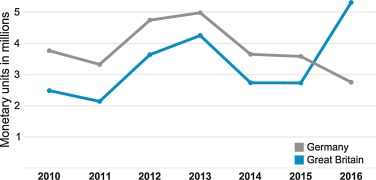
New Paper: Energy storage revenues in GB and Germany
I am pleased to highlight that our recent paper, An analysis of storage revenues from the time-shifting of electrical energy in Germany and Great Britain from 2010 to 2016, has been published in the Journal of Energy Storage. 3-Sept-2018.
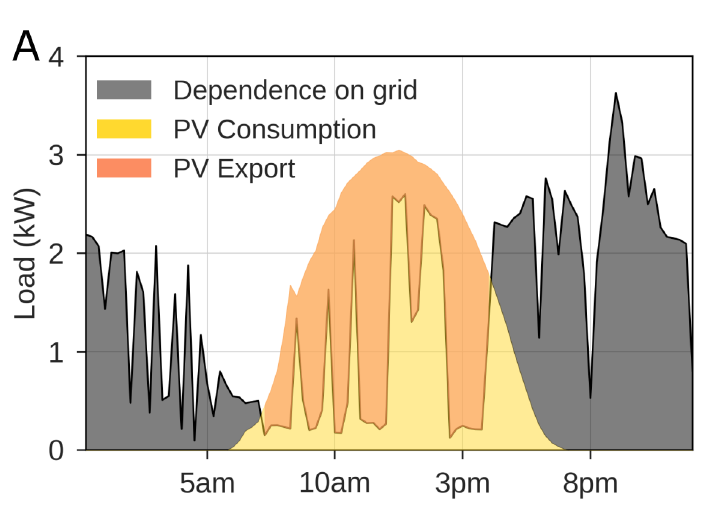
New Paper: Battery adoption in the prosumer era
Our paper “Projecting battery adoption in the prosumer era” has been published in Applied Energy. The paper investigates what size of batteries are required for consumers to reach certain thresholds of self-sufficiency and how the economic case for residential batteries looks under a range of electricity tariffs, including both current tariffs and future projections. 23-May-2018.
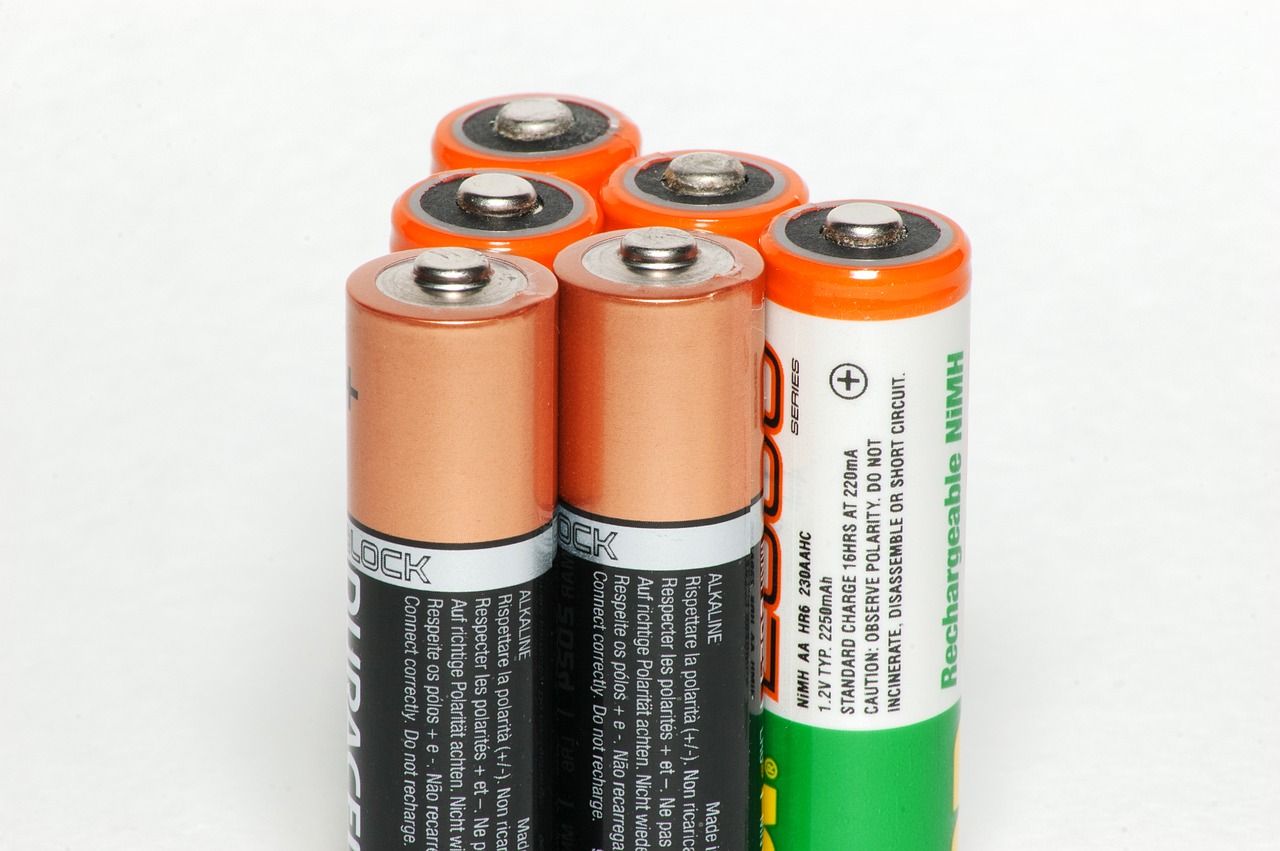
Optimal scheduling of battery energy storage (Python MILP)
In this blog post we discuss how to optimize a battery schedule using a Mixed Integer Linear Programming (MILP) formulation of the problem. We use data from a recent data-driven competition, which investigated using batteries to minimize a site’s electricity bill. The code was used our recent paper Projecting battery adoption in the prosumer era in Applied Energy. 21-May-2018.
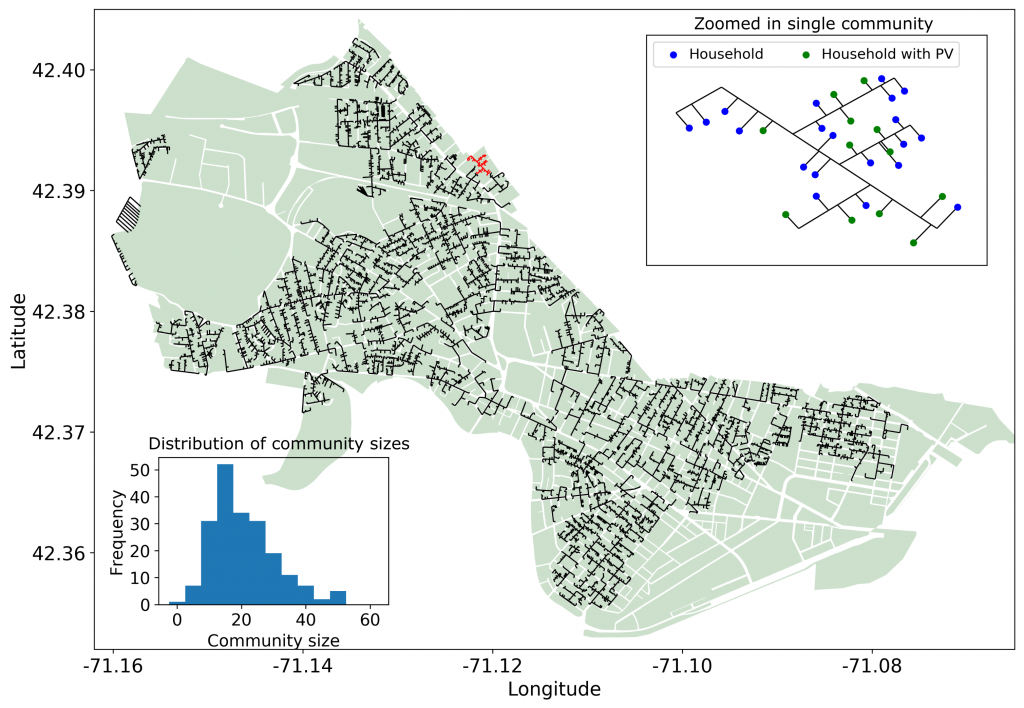
New Paper: Is Community Energy Storage a smart choice for the smart grid?
Our paper entitled Community Energy Storage: A smart choice for the smart grid? has recently been accepted in Applied Energy. The paper looks at the economic drivers for energy storage when considered from the perspective of an individual household compared with a community perspective. 22-Feb-2018.
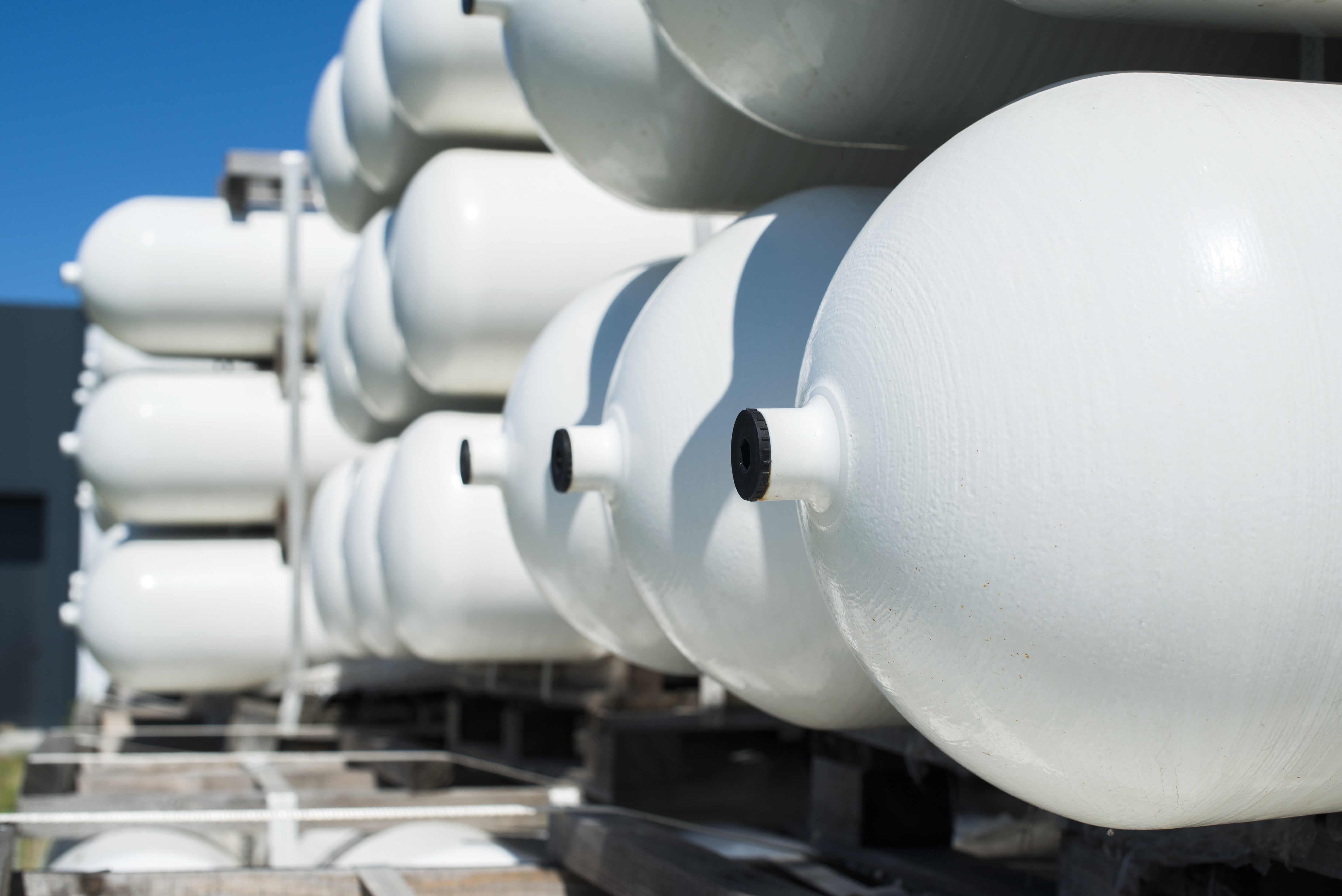
Lightsail hibernates – another setback for thermo-mechanical energy storage
Recently there has been another blow for thermo-mechanical energy storage, and in particular adiabatic CAES, as Lightsail – the much hyped company bankrolled by Bill Gates – has entered “hibernation”. They appear to have burned through their substantial cash reserves, with the company ceasing operations. They can be added to list of failures in CAES, including SustainX and ApexCAES. 28-Jan-2018.

CAES: A simple idea but a difficult practice
In the academic literature there are two main branches of Compressed Air Energy Storage (CAES) - conventional (also called diabatic) and adiabatic. Conventional CAES facilities are hybrid air-storage-gas-combustion plants while ACAES is a concept for removing the fossil fuel element from the diabatic plants. 22-April-2017.
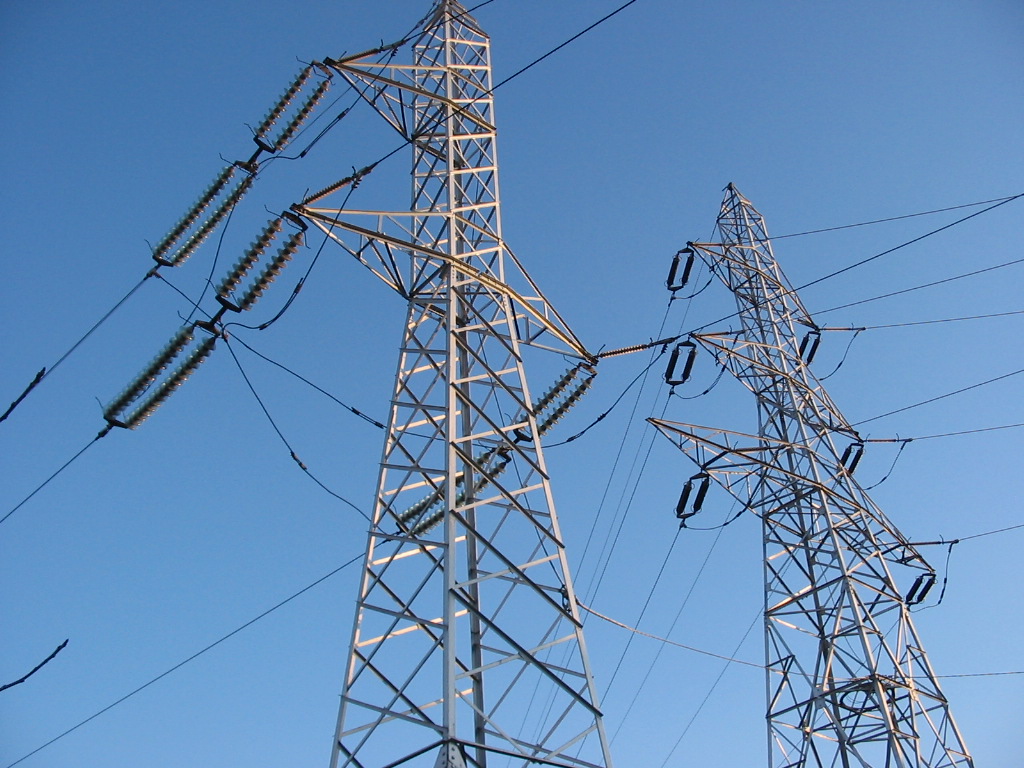
Capacity markets and energy storage
The purpose of a capacity market is to ensure that there will be enough powerplants installed and available to generate (sufficient generating margin) for the future operations of an electricity system. The capacity market aims to do this by providing stable and regular payments to market participants who agree to guarantee capacity which can be used to meet peak demand at some point in the future, over and above the payment they receive for the energy that they sell. 13-July-2015.
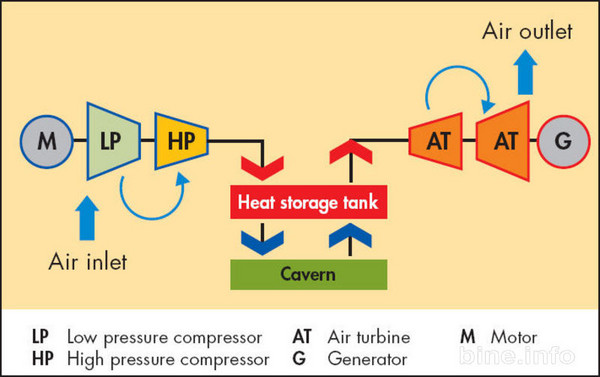
Thermodynamics of CAES systems
While conventional CAES systems mix energy storage and natural gas combustion, ACAES eliminates the need for gas combustion by introducing thermal energy storage. Exergy analysis is a powerful tool for analysing these systems. 9-Aug-2014.